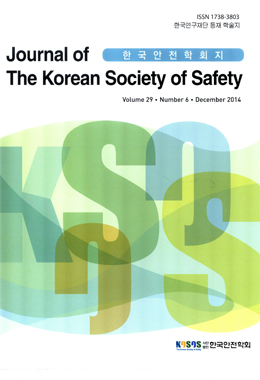This paper introduces the first vital area identification (VAI) process for the physical protection of nuclear power plants (NPPs) during low power and shutdown (LPSD) operation. This LPSD VAI is based on the 3rd generation VAI method which very efficiently utilizes probabilistic safety assessment (PSA) event trees (ETs). This LPSD VAI process was implemented to the virtual NPP during LPSD operation in this study. Korea Atomic Energy Research Institute (KAERI) had developed the 2nd generation full power VAI method that utilizes whole internal and external (fire and flooding) PSA results of NPPs during full power operation. In order to minimize the huge burden of the 2nd generation full power VAI method, the 3rd generation full power VAI method was developed, which utilizes ETs and minimal PSA fault trees instead of using the whole PSA fault tree. In the 3rd generation full power VAI method, (1) PSA ETs are analyzed, (2) minimal mitigation systems for avoiding core damage are selected from ETs by calculating system-level target sets and prevention sets, (3) relatively small sabotage fault tree that has the systems in the shortest system-level prevention set is composed, (4) room-level target sets and prevention sets are calculated from this small sabotage fault tree, and (5) the rooms in the shortest prevention set are defined as vital areas that should be protected. Currently, the 3rd generation full power VAI method is being employed for the VAI of Korean NPPs. This study is the first development and application of the 3rd generation VAI method to the LPSD VAI of NPP. For the LPSD VAI, (1) many LPSD ETs are classified into a few representative LPSD ETs based on the functional similarity of accident scenarios, (2) a few representative LPSD ETs are simplified with some VAI rules, and then (3) the 3rd generation VAI is performed as mentioned in the previous paragraph. It is well known that the shortest room-level prevention sets that are calculated by the 2nd and 3rd generation VAI methods are identical.




